My family laughs at me whenever I decide to get more organised because it always starts with a cleaning frenzy. I pull things out, create piles, toss stuff, take items to the op shop, and reorganise room by room. It feels like a fresh start, like buying a brand-new notebook and writing my first to-do list. Inevitably, though, halfway through, I start taking shortcuts. I tackle only the areas that can be seen, wipe down surfaces, and wash the floors. By the time I get to the last few rooms, I’m done. Robbie (our friendly robot vacuum) finishes the floors while I collapse on the couch, vowing that next time, I’ll start with the last room first.
The family finds this amusing, knowing full well they’ll soon mess everything up again. And a few weeks later, I always find myself questioning who moved the scissors that I’d so carefully reorganised, only to realise I can’t quite remember where I put them during my last clean-out! But for me, the act of decluttering is symbolic of a fresh start. It clears away not just physical clutter but also the mental and emotional baggage that builds up over time. What I’m learning, though, is that I don’t have to do it all at once. Like New Year’s resolutions, every month, every week, even every day is a new chance to make small, meaningful changes.
One of the things I love most about New Year’s is the sense of a new chapter unfolding. I no longer make formal resolutions, but I relish the chance to reflect on the past year and think ahead. When I look back, I try to acknowledge the lessons, the disruptions, the pain, the failures, and the decisions that didn’t align with my values. Then I shift focus to the future, planning for better things to come.
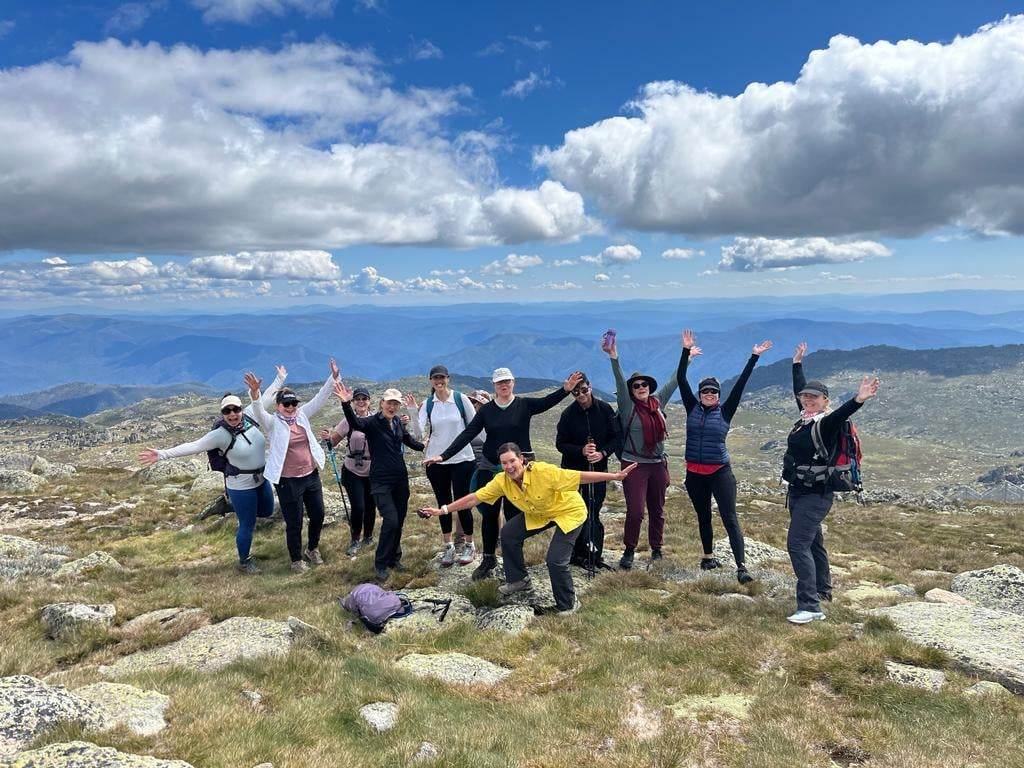
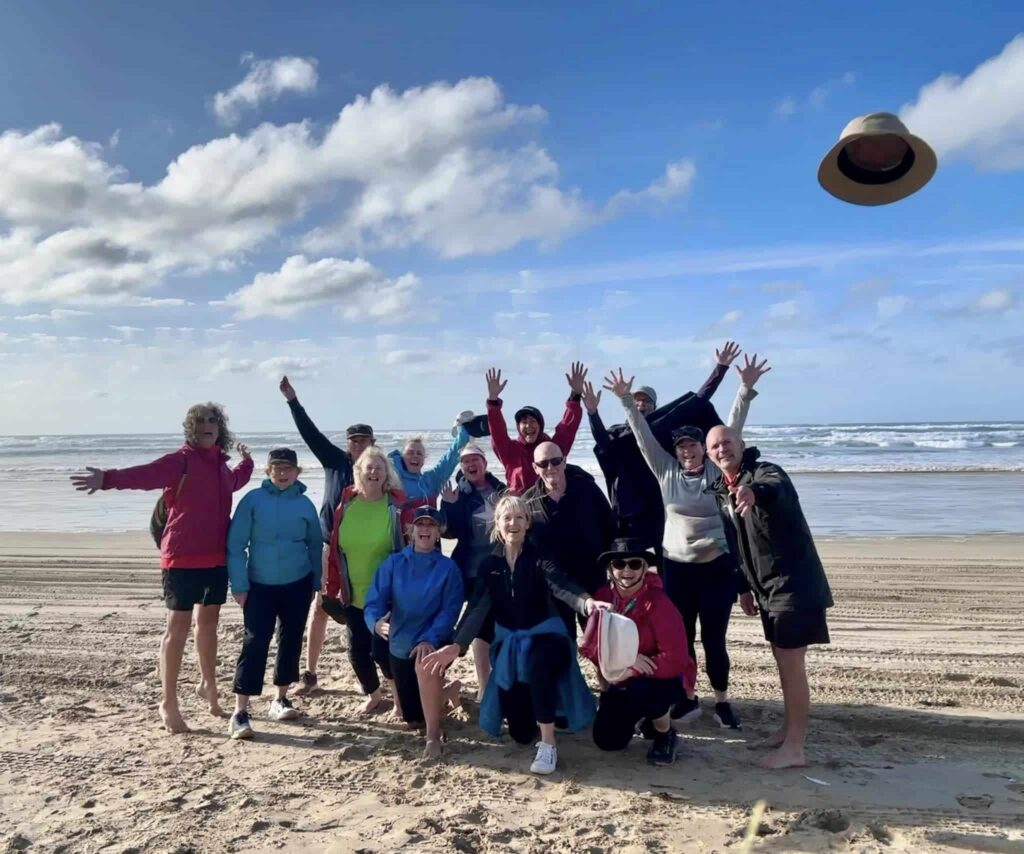
The best life-exercise you could ever do
Long before I studied Positive Psychology, Adrian and I developed a yearly tradition of sitting down to map out 1-, 3-, and 10-year goals. Little did I know this activity had a formal name: the “Best Possible Self” (BPS) exercise. This intervention invites you to imagine a future where everything has gone well, where you are your best possible self. It opens up possibilities, aligns visions, and allows us to plan united goals rather than pursuing short-term individual aims. Research shows that this practice can enhance happiness, purpose, and meaning.
Here’s how you can try it:
Write it down: For 15-20 minutes, let your thoughts flow freely without editing. Just get it all on paper.
Choose a point in the future: This could be a few months, a year, or several years ahead.
Visualise: Picture what you are doing, how you will feel, and what has changed.
Studies reveal that this process can boost wellbeing, optimism, and positive emotions. You can also adapt it. Talk through your vision instead of writing it, repeat the exercise over time, or combine it with other techniques. The key is imagining an achievable future where all goes well.
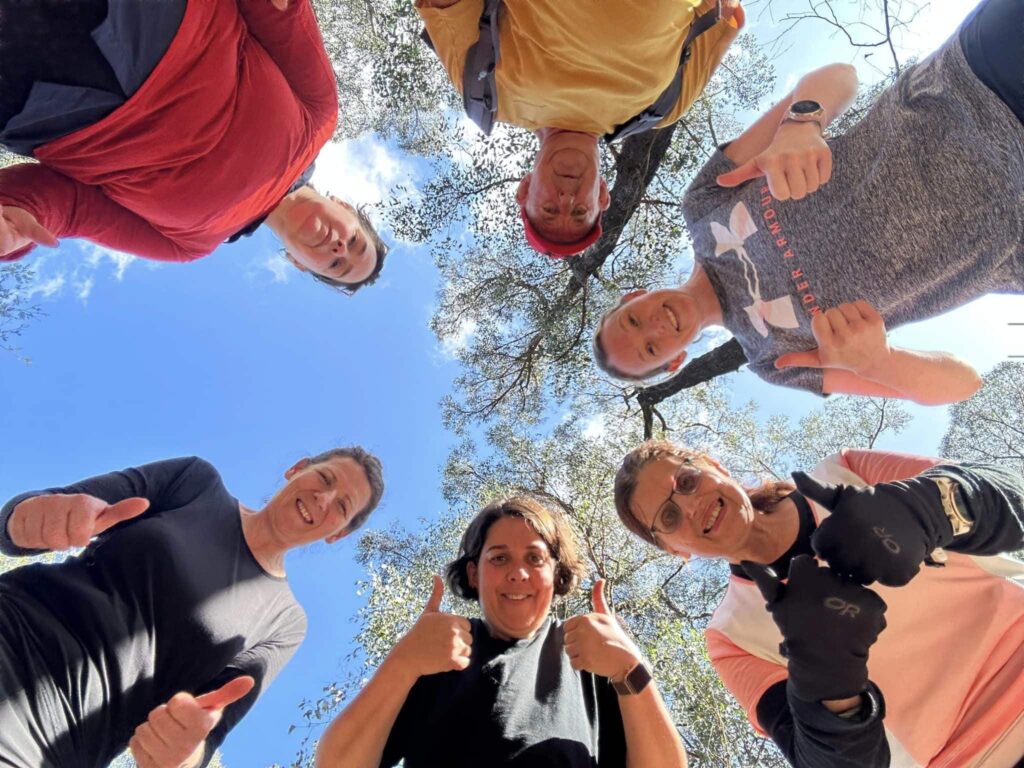
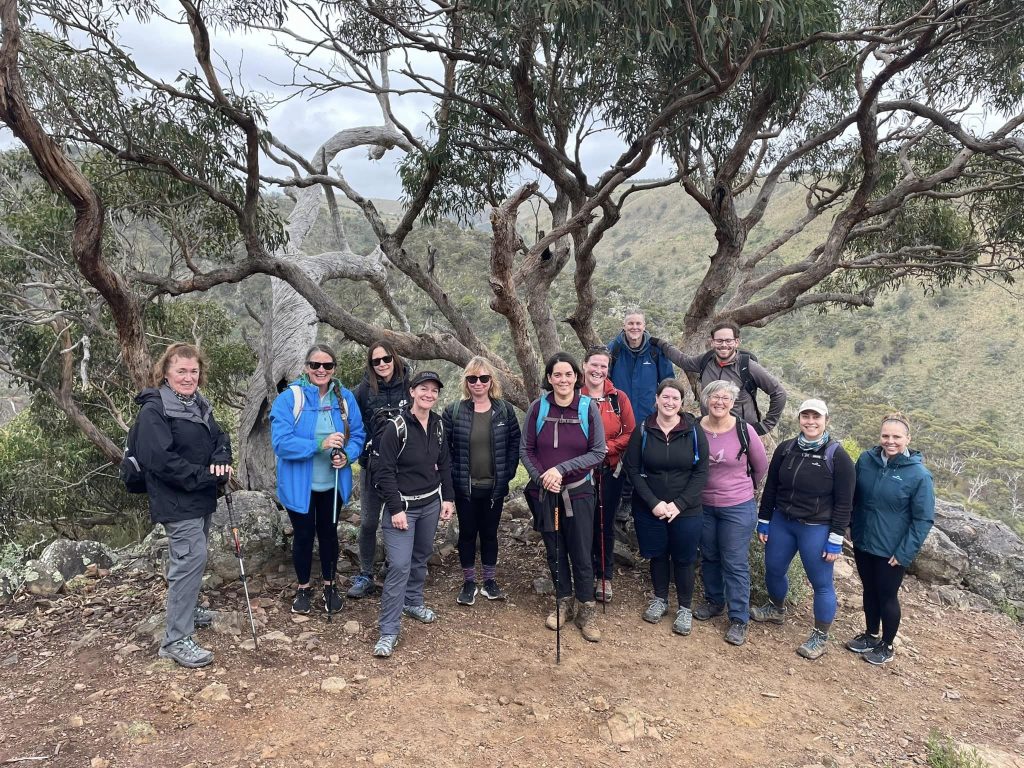
When I first learned about BPS, I practiced it weekly for five weeks, focusing on different areas of my life each time. Over the years, this exercise has become a way for Adrian and me to revisit our shared goals, especially now as our grown-up children need us less. This year, we’re prioritising our relationship as a couple.
Personally, I’ve found it helpful for navigating my evolving involvement with Positive Psychology. With my Master’s degree nearly complete, I’m contemplating what’s next: pursuing a PhD or solidifying my focus on wellbeing through adventure. Visualising future possibilities without judgment reduces my stress, clarifies my direction, and leaves me feeling more positive.
Going beyond visualising – it’s action time!
Does visualising alone make goals happen? Not quite. Visualising must be paired with planning. That’s where the WOOP method (Wish, Outcome, Obstacles, Plan) comes in:
Wish: What do you want? Focus on a short-term, achievable goal.
Outcome: Picture the result. How would it look and feel?
Obstacles: Identify potential barriers, both internal and external.
Plan: Devise an “If…Then…” strategy to tackle obstacles.
WOOP is most effective for small, short-term steps (e.g., four weeks) that contribute to long-term goals. For more details, you can visit woopmylife.org or download their app.
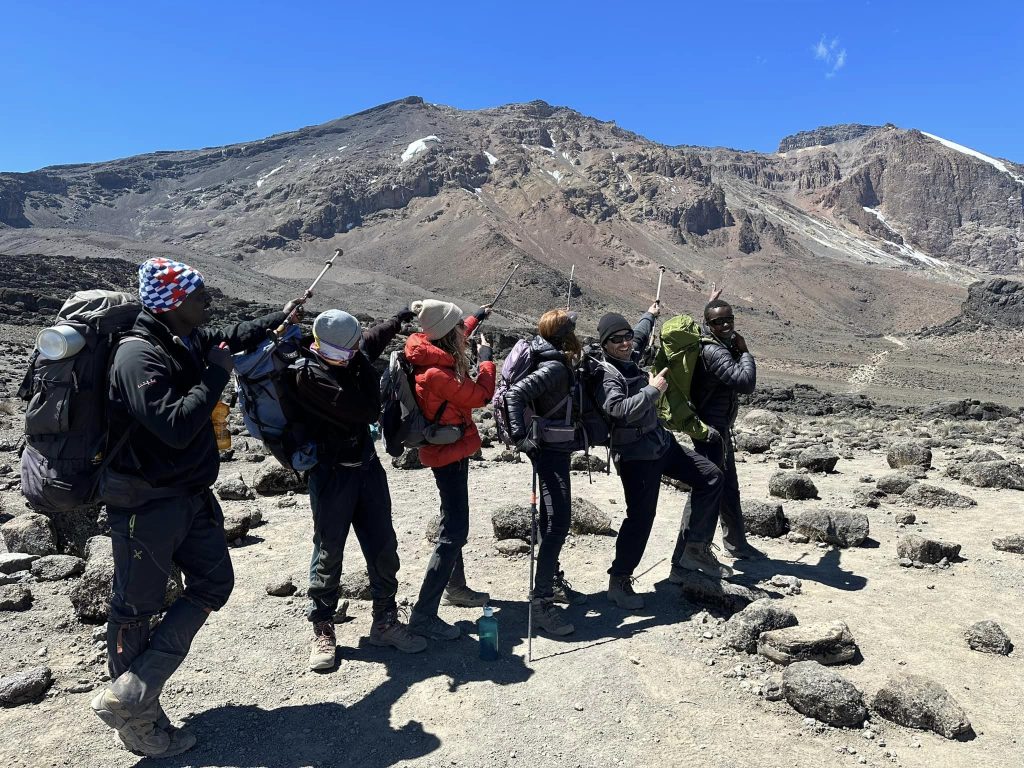
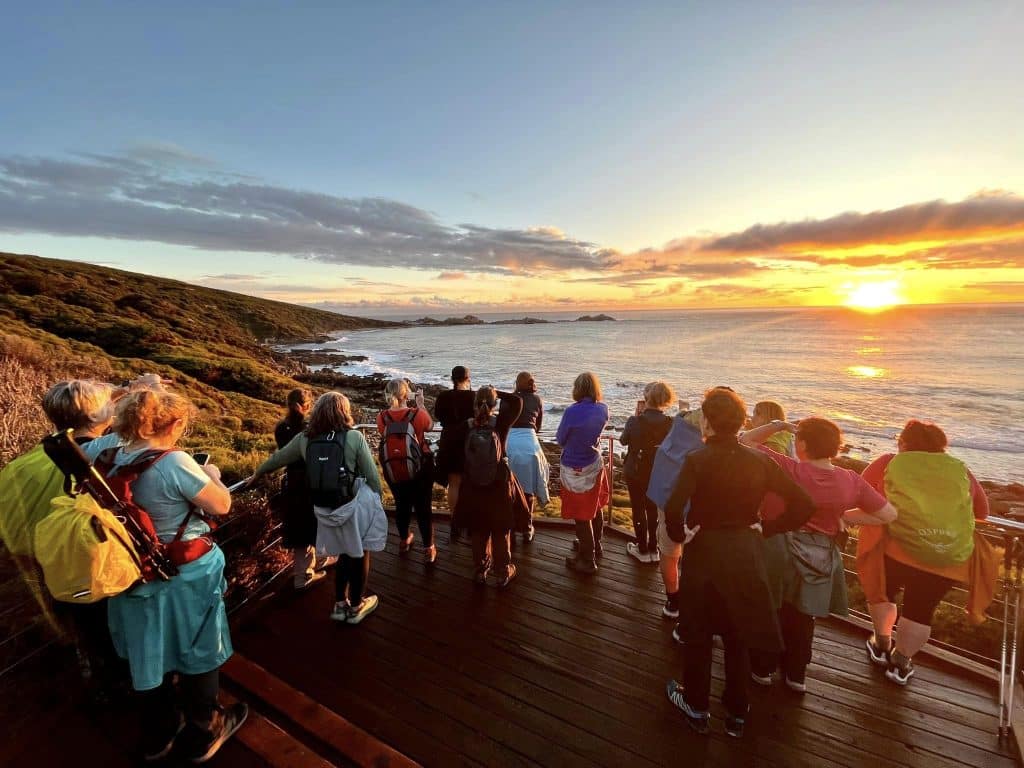
The final result…
Over the last five years, regularly practicing BPS has helped me take meaningful steps forward in exploring the possibilities for our business, my Positive Psychology career, and our family dynamics. It also validated the importance of nurturing relationships with friends and family. However, I’ve noticed how easy it is to let good ideas slip through the cracks. Life gets busy, and plans often stay just that—plans.
To combat this, I started a list of people I want to see and things I want to do in one of my lovely notebooks… somewhere. Unfortunately, I have no idea where that list is now. So, I’m off to tidy up my desk, rifle through my notebooks, and perhaps WOOP a system to organise them better next time!
In the meantime, I wish you all a Happy New Year. May 2025 feel like a fresh new page in your life. I hope this glimpse into using BPS and WOOP inspires you to reach forward with hope, optimism, and perhaps a little more friendship, time out, and adventure.


